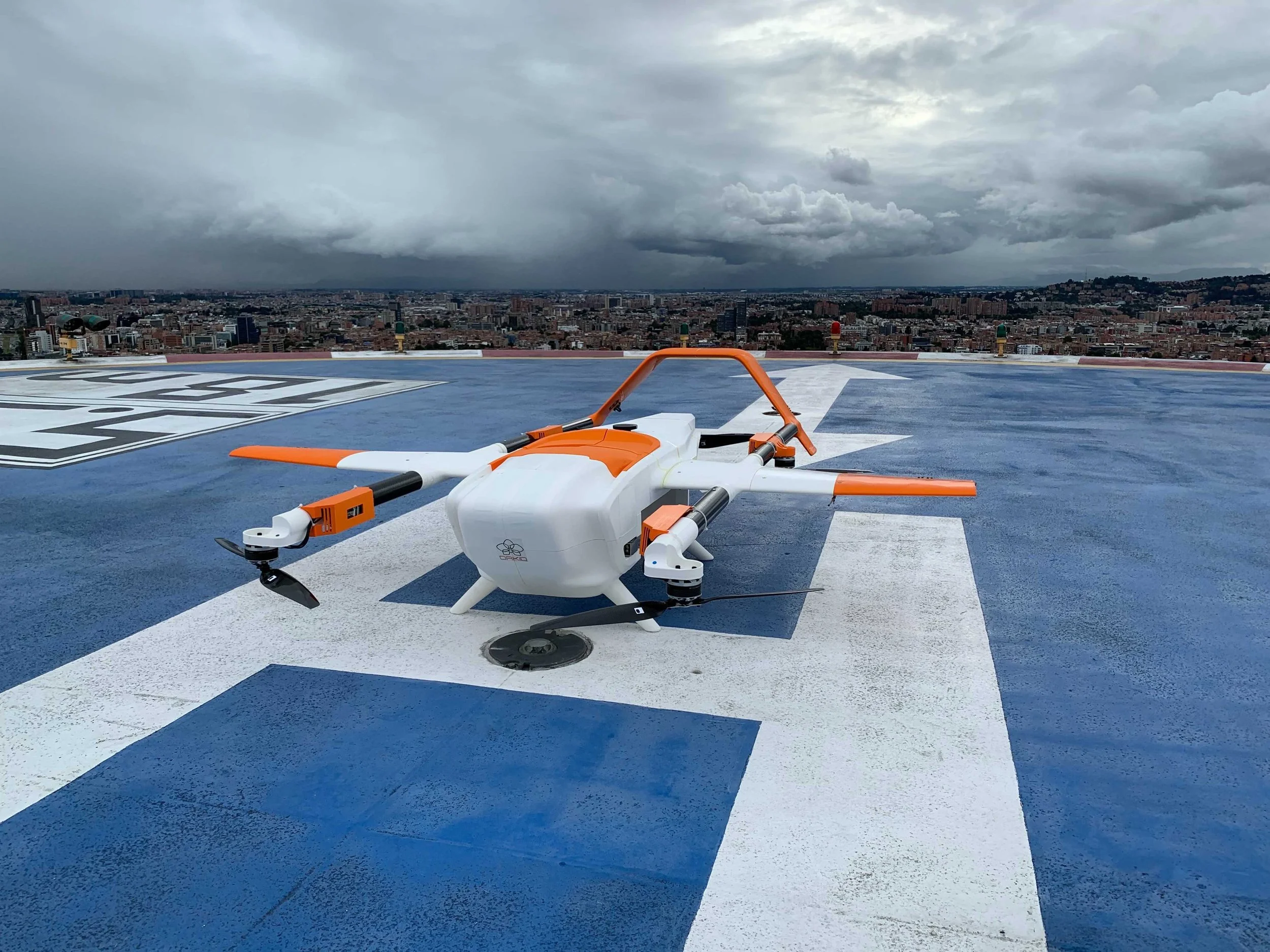What’s the Deal With 3D Printers?
A Brief & Incomplete History of 3D Printing
Ray Mattison, the lead designer of our studio, was first introduced to 3D printing at the College of Creative Studies in Detroit. This was back in 2001, long before the average person had even heard of 3D printers. Students were given early access to a lot of innovative technology due to the school’s proximity to industrial powerhouses like Ford, GM and Chrysler.
He remembers the extruder (or nozzle) drawing a pattern with what looked like super glue, and a second arm dusting something like talcum powder over the the top. This process was repeated again and again, one layer on top of the other. It produced a striated model very similar to a Puzz 3D (you’d almost forgotten about those, hadn’t you? You’re welcome).
Around this same time, a cabal of supernerds was conspiring to replicate the technology, only on a much smaller scale. Their goal was to build a 3D printer that could be used by DIYers like themselves for experimental design and production. These supernerds succeeded in creating what they dubbed “the CupCake,” a 3D printer built for the express purpose of printing the parts necessary to build other 3D printers.
With more printers in the hands of more supernerds, it was only a matter of time before the technology became democratized. When the patents on the original 3D printers expired in 2007, companies like MakerBot began selling commercial printers to a very excited (and still very nerdy) population.
Though the advent of the 3D printer has been a boon for makers of all sorts, if you are a hobbyist interested in purchasing one, don’t expect to be selling custom chess pieces on Etsy right out of the gate. First off, you need to have a decent amount of CAD modeling experience before you can effectively use a 3D printer. Second, you will quickly learn that these printers require near-constant maintenance. You thought your 2D printer was obnoxious? Try adding another dimension. Third, the printing process itself takes time: typically 6-8 hours. In conclusion, if you aren’t willing/able to spend hours modeling, troubleshooting, and printing, hire someone to do it for you.
The Real-World Function of a 3D Printer
At Design EyeQ Studio, we rely heavily on 3D printing because it is by far the most accurate and cost-efficient way to make and test product parts. Our four printers are serious workhorses (finicky workhorses, but still). We can model, print, and test multiple iterations of a part in just a matter of days. When you consider the money, time, and tears you save testing plastic parts versus manufacturing a final product that doesn’t fit together, you begin to understand just how important 3D printing is during the design process.
There are two main classifications of 3D printers.
The first is the SLA printer, which uses photosensitive liquid plastic that cures under LED light.
These printers create precise high-resolution pieces (even near-transparent pieces), but the molds are incredibly fragile.
The second kind of printer is the FDM, which uses spools of wire made of polylactic acid, a kind of plastic, which is fed through the extruder. The extruder draws 2D layer after 2D layer of plastic, one on top of the other, until the 3D mold is complete. These molds are a lot less pretty, but are much tougher than their SLA counterparts.
Our studio uses both classes of printers, as they serve complimentary functions. We used our FDM printer to build a full-scale model of the ORKID, a medical delivery drone we designed for a company in Colombia. Using our SLM printer, we were able to create a precise (though non-functional) model of the ORKID’s electronics to ensure all the pieces fit together. And with cloud technology, we were able to remotely print a clone drone in Colombia.
As much as we love 3D printing, it does have its limitations. If you want to mass-produce a product, you will need to rely instead on injection molding, which can produce thousands of parts in the time it takes a 3D printer to produce one. Just in case you’re wondering, our studio has designed both printable products and injection molds.
The Future of 3D Printing
Innovations to 3D printing are still being made, and there’s a lot to be excited about. Formula one SLS printers are being used to build rockets. Like, out of metal. Obviously, these machines cost upwards of $20 million dollars, so we probably won’t be getting our hands on one anytime soon. But…the possibilities!
3D printers are agnostic to complexity. While traditional manufacturing imposes any number of limitations on what can feasibly be produced, those same limitations are irrelevant to a 3D printer. In generative design, computers are creating incredibly complex shapes that are perfectly optimized for performance. The only technology capable of manufacturing those products are 3D printers. Just look at this titanium wheel that HRE designed and printed.
Printers are primarily used in industrial design, but can also perform a purely artistic function. Check out these lifesize statues of women in STEM on display now at the Smithsonian. These are way cooler (and less creepy) than wax figures.
Though 3D printers are nowhere near becoming household appliances, industrial design studios like ours owe a debt of gratitude to them. So here’s to the unsung hero of makers everywhere. Cheers!
Want to collaborate on a 3D-printed product?






